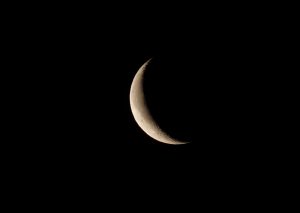A lovely photo of a young Moon in the constellation Taurus taken by CMHASD trustee John Howarth on the 20th May 2023.
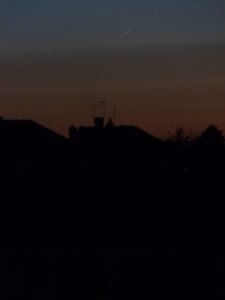
Astronomy every Thursday
A lovely photo of a young Moon in the constellation Taurus taken by CMHASD trustee John Howarth on the 20th May 2023.

A collection of beautiful images of our Sun setting and a full Moon rising on the 5th May 2023 taken by members Jim Burchell & Honor Wheeler.
Sun with Sunspot setting by Honor
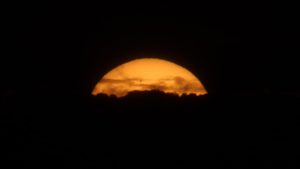
Sunset by Jim
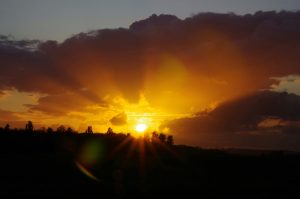
''The Full Moon of May is known as Flower Moon to signify the flowers that bloom during this month. Native Americans called it Budding Moon, Egg Laying Moon, and Planting Moon.
The Anglo-Saxon name for May’s brightest Moon phase is Milk Moon from the Old English Rimilcemona. It means three-milkings-month in modern English because cows were milked three times a day during this time of year. The Celtic and Old English names are Mothers’ Moon, Bright Moon, Hare Moon, and Grass Moon.'' ref:https://www.timeanddate.com/astronomy/moon/flower.html
Flower Moon on 5th May by Honor
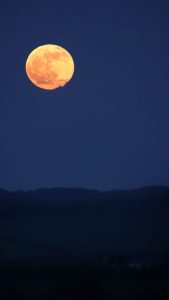
FLower Moon rising by Jim
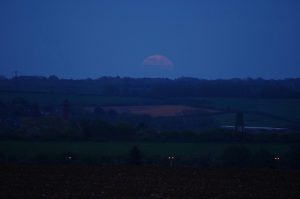
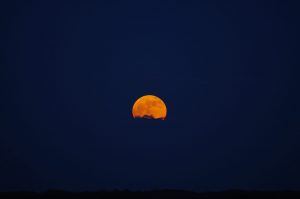
A lovely image of a waxing gibbous Moon taken on the 29th April 2023 by member Neil Webster.
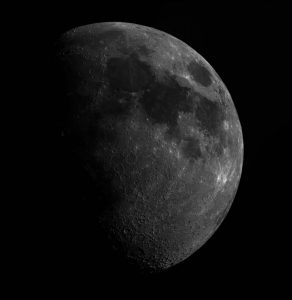
To see a higher resolution photo of Neil's image - check out his flickr page at https://www.flickr.com/photos/137388222@N05/52861969736/.
Two lovely images of a crescent Moon, with Earthshine and Venus taken by member Jim Burchell on the 24th March 2023. The first image has the ISS in it too!
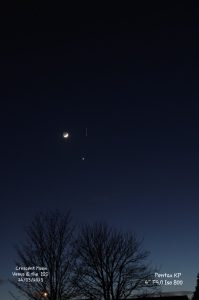
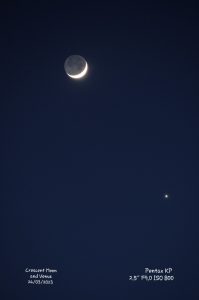
A selection of super images of the Full Moon taken on the 7th March 2023.
''In March, the Full Moon is the Worm Moon. It is also called Lenten Moon, Crow Moon, Crust Moon, Chaste Moon, Sugar Moon, and Sap Moon. The Worm Moon gets its name from the earthworms that come out when the soil warms up. The worms provide food for birds and other animals. It happens around the changing of the seasons, from astronomical winter to spring in the Northern Hemisphere.'' ref https://www.timeanddate.com/astronomy/moon/worm.html
This stunning very atmospheric image of the Full Worm Moon was taken by member Jim Burchell.
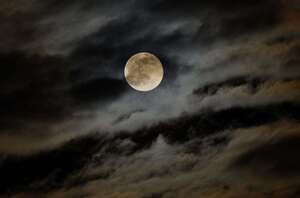
The next 3 beautiful images showing the Full Worm Moon rising were taken by member Honor Wheeler. Honor said ''Full Moonrise was not easy to capture tonight. The Moon barely escaped the cloud but got a few pics nonetheless.'' and yes she did :-)
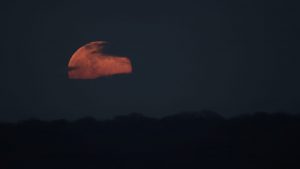
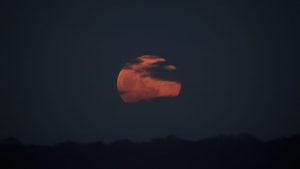

Member Jim Burchell was busy out and about towards the end of February photographing our stunning sky and below is a selection of his superb images.
Orion, Taurus and the Pleiades taken on the 23rd Feb from the CMHASD pavilion, Sutton-at-Hone.
Image was taken with a Pentax KP on a static tripod, F6.3, 30 sec, 18 MM and iso 800.

Crescent Moon on the 24th Feb.
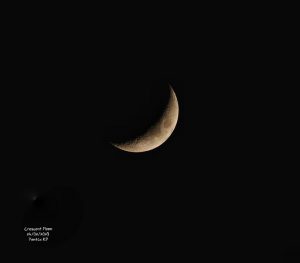
The Sun taken on the 24th Feb.
NEVER LOOK AT THE SUN DIRECTLY. Please see our Solar Observing safety page at crayfordmanorastro.com/solar-safety/

Crescent Moon with Jupiter & Venus on the 25th Feb.
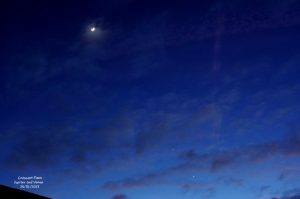
On the 5th February 2023, member Jim Burchell captured this absolutely beautiful image of the full moon also known as the Snow Moon. Jim took the photo using a Pentax KP, 300 mm, F7.1 1/25 sec and iso 400.

Processed in Photoshop.

Three wonderful images of our Moon acquired by CMHASD member Honor Wheeler back in December 2022. The 1st image was taken on the 29th Dec 2022 and the next two on the 26th Dec 2022, all from North Kent.
Honor acquired her super image below of what looks like a 'Half Moon' at 20221229_2103UT by using a Canon M6 Mark II, 102mm Refractor, EQ3 synscan mount, x2 Barlow and ISO400, exp1/320s.

The next image below of a beautiful crescent Moon was acquired by Honor at 20221226_1654UT using a Canon M6 Mark II, 102mm Refractor, EQ3 synscan mount, x2 Barlow and ISO200, exp1/30s

Honor's 3rd image below showing a stunning amount of Earthshine was acquired at 20221226_1737UT using a Canon M6 Mark II, 102mm Refractor, EQ3 synscan mount, x2 Barlow and ISO400, exp4s. For more information about Earthshine click here.
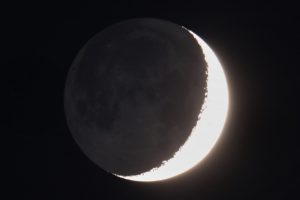
Being up early on dark mornings has its rewards as member Jim Burchell shows here with these super images of a crescent Moon on the morning of the 18th January 2023. The amount of 'Earthshine' captured in the 1st photo by Jim is stunning. Also in the photo - bottom left, is the star Alniyat in Scorpius.
''Earthshine is a dull glow which lights up the unlit part of the Moon because the Sun’s light reflects off the Earth's surface and back onto the Moon. It is also sometimes called ashen glow, the old Moon in the new Moon's arms, or the Da Vinci glow, after Leonardo da Vinci, who explained the phenomenon for the first time in recorded history...... Earthshine is best seen a few days before and after a New Moon, right after sunset or before sunrise. Scientists studying global warming found that earthshine is more intense in April and May'' ref: https://www.timeanddate.com/astronomy/earthshine.html
Crescent Moon & Earthshine with Alniyat in Scopius by Jim Burchell

The 2nd image below shows more detail of the crescent Moon.
